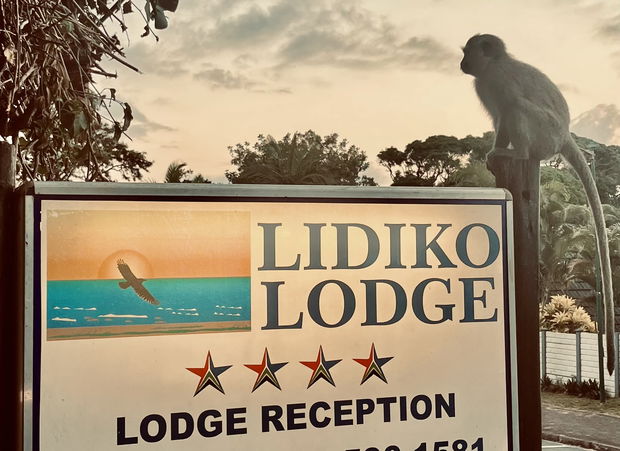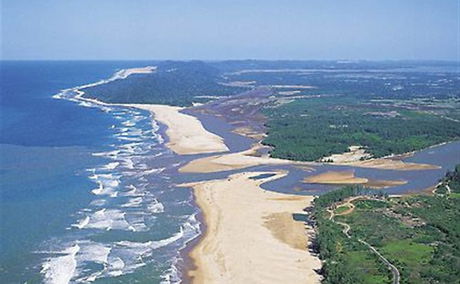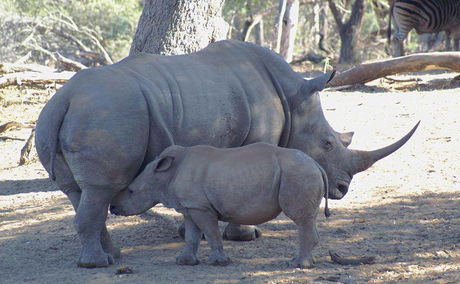Off the tranquil shores of St Lucia, KwaZulu-Natal, lies a story of war, escape, and survival that forever shaped the local landscape, both physically and historically. The tale of the SS Timavo, an Italian passenger liner that ran aground during World War II, is one of the most fascinating maritime episodes in South Africa’s coastal history.
Monkey Business abound in St Lucia

St. Lucia, on the northeastern coast of South Africa, is a paradise known for its breathtaking landscapes, diverse wildlife, and, of course, the cheeky vervet monkeys that call this region home. These fascinating primates provide endless entertainment for both locals and visitors alike, often leaving behind amusing and unforgettable encounters.
A Playful and Mischievous Bunch
Vervet monkeys (Chlorocebus pygerythrus) are highly intelligent and social creatures, frequently seen darting through the treetops or foraging near lodges, picnic areas, and even in backyards. Their boundless curiosity and playful antics make them a delightful spectacle—though sometimes a little too curious for their own good! Tourists often find themselves outwitted by these nimble tricksters, who have been known to snatch snacks right from picnic tables or sneak into open windows in search of a tasty treat.
A Unique Monkey “Language”
One of the most fascinating aspects of vervet monkeys is their complex system of vocalizations. Unlike many other primates, they have specific alarm calls for different predators. For instance, if a leopard is nearby, they issue a distinct warning cry that prompts the group to scramble up trees. If an eagle is spotted, they use a separate call, prompting the monkeys to seek shelter under thick vegetation. This sophisticated communication system has intrigued scientists for years and highlights their remarkable intelligence.
Local Legends and Fun Facts
St. Lucia’s vervet monkeys have become legendary for their interactions with humans. Some locals share stories of these mischievous primates sneaking into kitchens to steal fruit, while others recall their playful chases across rooftops. A particularly amusing fact is that vervet monkeys have a fondness for alcoholic beverages—they’ve been caught sipping on unattended cocktails at outdoor restaurants, much to the surprise (and sometimes frustration) of unsuspecting diners! At Lidiko Lodge, guests have even witnessed these clever monkeys making daring raids on the breakfast buffet, snatching pastries and fruit before making a quick escape into the trees.
Respecting the Wild Residents
Despite their charming and often comical behaviour, it’s important to remember that vervet monkeys are wild animals. Feeding them, while tempting, can lead to over-reliance on human food and increase conflicts between monkeys and people. Visitors to St. Lucia are encouraged to enjoy their presence from a respectful distance and secure food items to prevent any “monkey business.”
Whether they’re leaping between branches, playfully wrestling with each other, or cleverly outwitting humans, vervet monkeys bring a touch of humour and intrigue to the natural beauty of St. Lucia, South Africa. Their intelligence, agility, and mischievous nature make them one of the most captivating residents of this wildlife-rich region. So, the next time you visit St. Lucia, keep an eye on your belongings—you never know when a clever little vervet might be plotting its next playful heist!
Further Reading
Imagine a place where hippos roam the streets after dark, flamingos dance across mirrored waters, and every sunrise feels like a personal gift from nature. Welcome to Lake St Lucia — the shimmering heart of South Africa’s first UNESCO World Heritage Site, the iSimangaliso Wetland Park. This is not just a destination; it’s a wild, living, breathing masterpiece tucked along KwaZulu-Natal’s lush coast.
Tucked away in the heart of KwaZulu-Natal, just a scenic drive from the coastal town of St Lucia, lies one of Africa’s most enchanting wildlife reserves: Hluhluwe–iMfolozi Park. It’s a place where the ancient rhythm of the African bush still beats strong, where the Big Five roam free, and where the wild whispers stories of conservation, survival, and raw natural beauty.





Share This Post